Setting up the Spyder X2 Ultra is simple, with the Quick Start Guide walking you through the setup process. The instructions are clear and concise, so there’s no guesswork or worry if you’ve never used a calibration device. Essentially, the steps are straightforward: plug in the device, register and activate, and then follow the onscreen prompts.
The software is downloaded from the Datacolor Website, alongside the Quick Start Guide and full manual, the Quick Start Guide should give you everything you need. After installation, plugging in the Spyder X2 automatically activates and registers the device, which also starts the warranty.
after the initial registration and connection, the calibration process can start with placing the device over your monitor when prompted. To ensure the device stays in place the lens cap doubles as a counterweight to keep the colorimeter in place during calibration. It’s a clever design feature that adds to the ease of use.
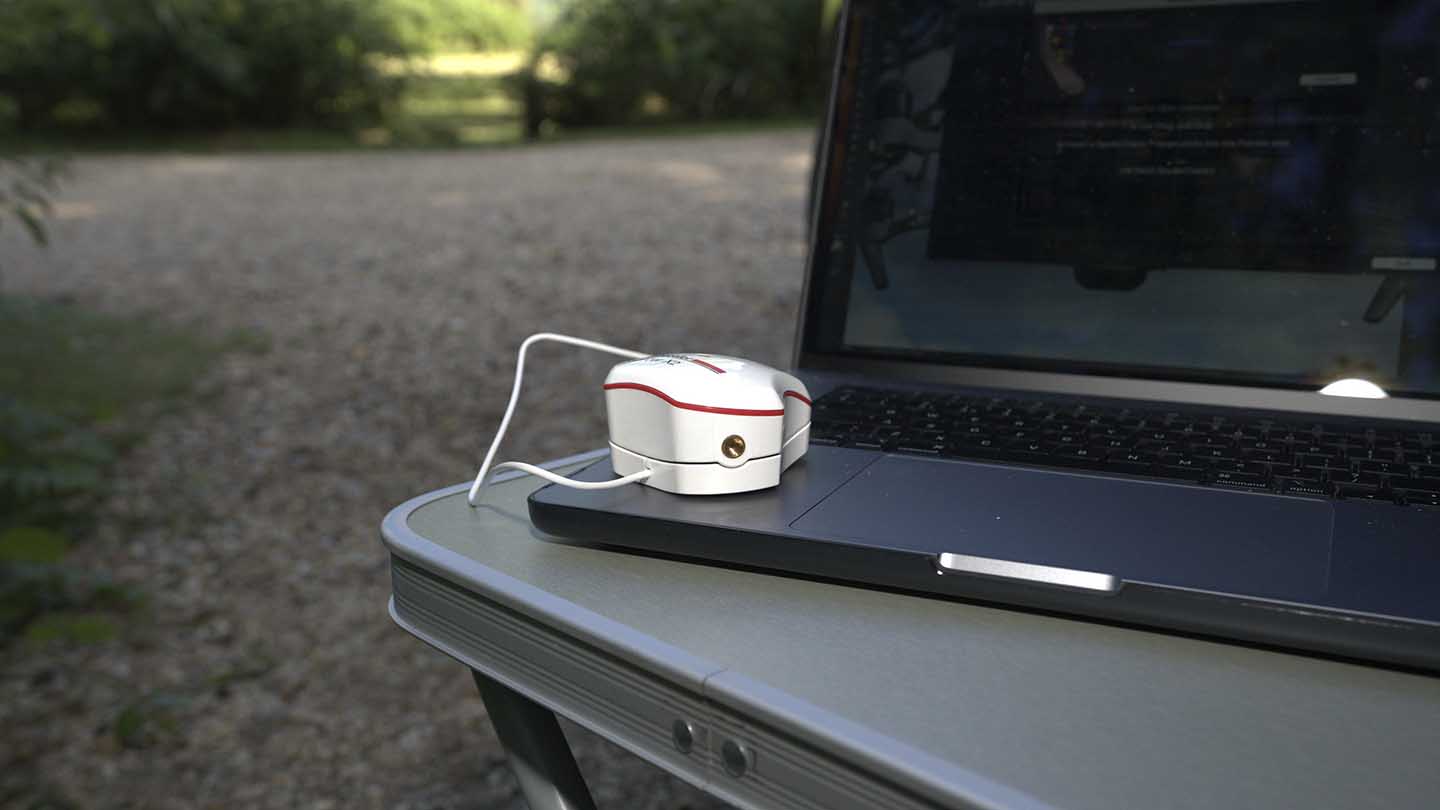 When it comes to calibration, the Spyder X2 Ultra shines. The device delivered impressive results, noticeably improving the brightness and colour accuracy of displays connected to the laptop. Even my already calibrated main laptop display benefited from a recalibration, demonstrating the Spyder X2 Ultra’s precision.
When it comes to calibration, the Spyder X2 Ultra shines. The device delivered impressive results, noticeably improving the brightness and colour accuracy of displays connected to the laptop. Even my already calibrated main laptop display benefited from a recalibration, demonstrating the Spyder X2 Ultra’s precision.
The software interface has received a significant overhaul from the previous version. The new style is fresh and user-friendly, making the calibration process even smoother. The ability to set up different profiles for various display standards, such as REC 709, is particularly handy for those working in broadcast media and once the calibration process is complete you can set reminders to recalibrate at future intervals.
Both the advanced display analysis and ambient light monitoring features have proved beneficial with previous versions of the Spyder X. Ambient light monitoring is useful for long hours of work, adapting to changing daylight and room brightness. The advanced display analysis highlights any inconsistencies one may overlook with daily use. It’s a valuable tool that can prevent settling for less-than-optimal display quality.
One of the standout features was the multiple monitor calibration, which proved incredibly helpful in professional settings, ensuring consistent colour accuracy across different screens. The transition to a USB Type-C connector was a small but welcome improvement, increasing convenience.
The Spyder X2 Ultra performed as expected, with no issues with the hardware or software during setup or usage. It’s a tool that does what it promises to do, delivering accurate colour calibration in an easy-to-use package.

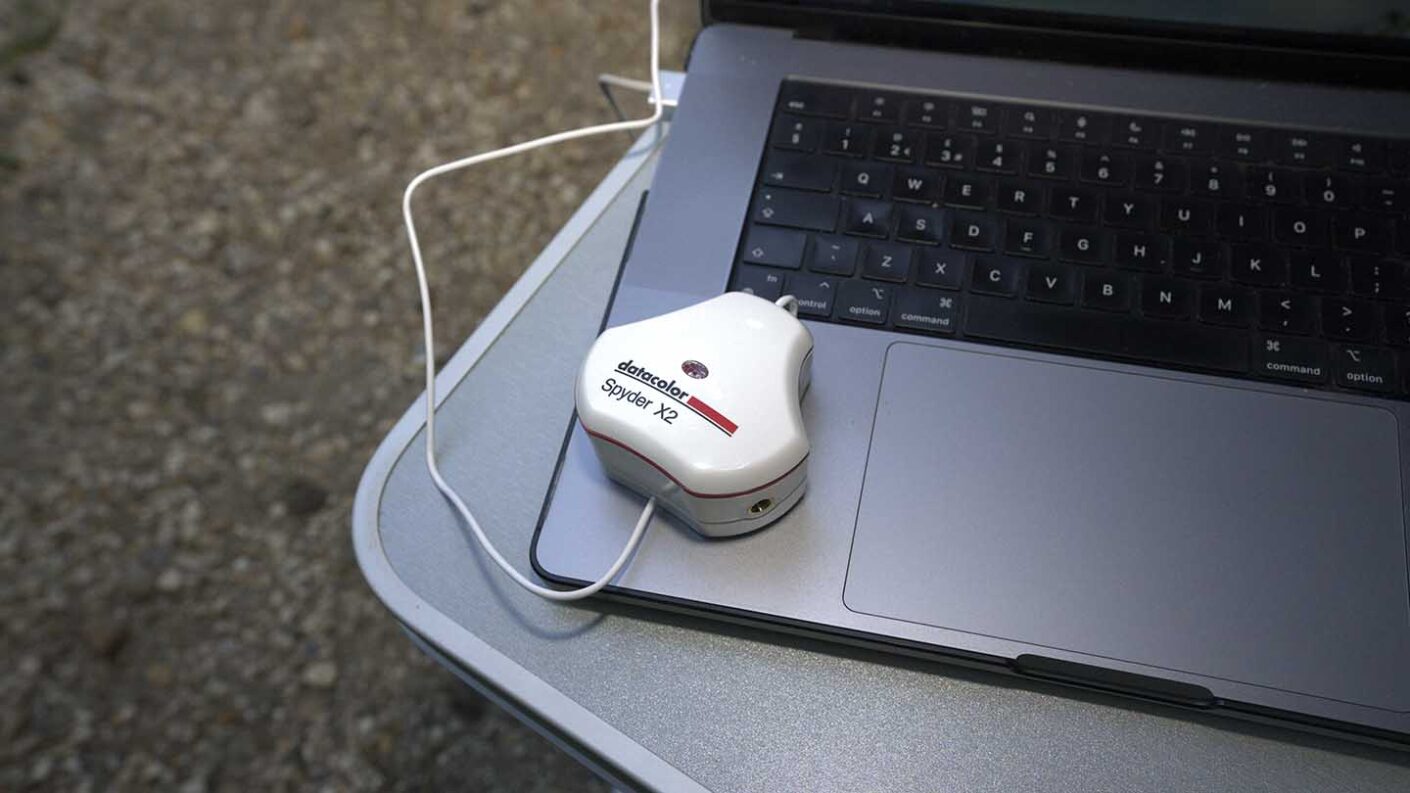
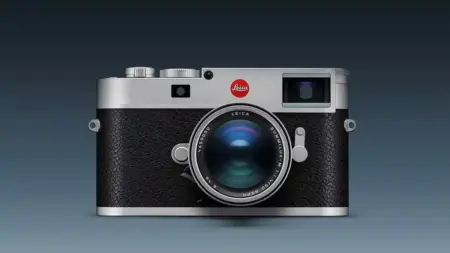

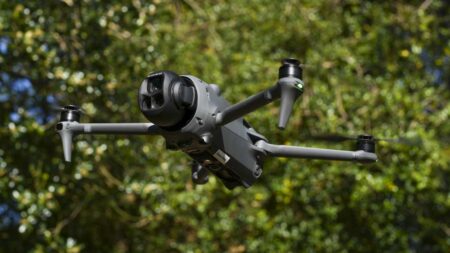
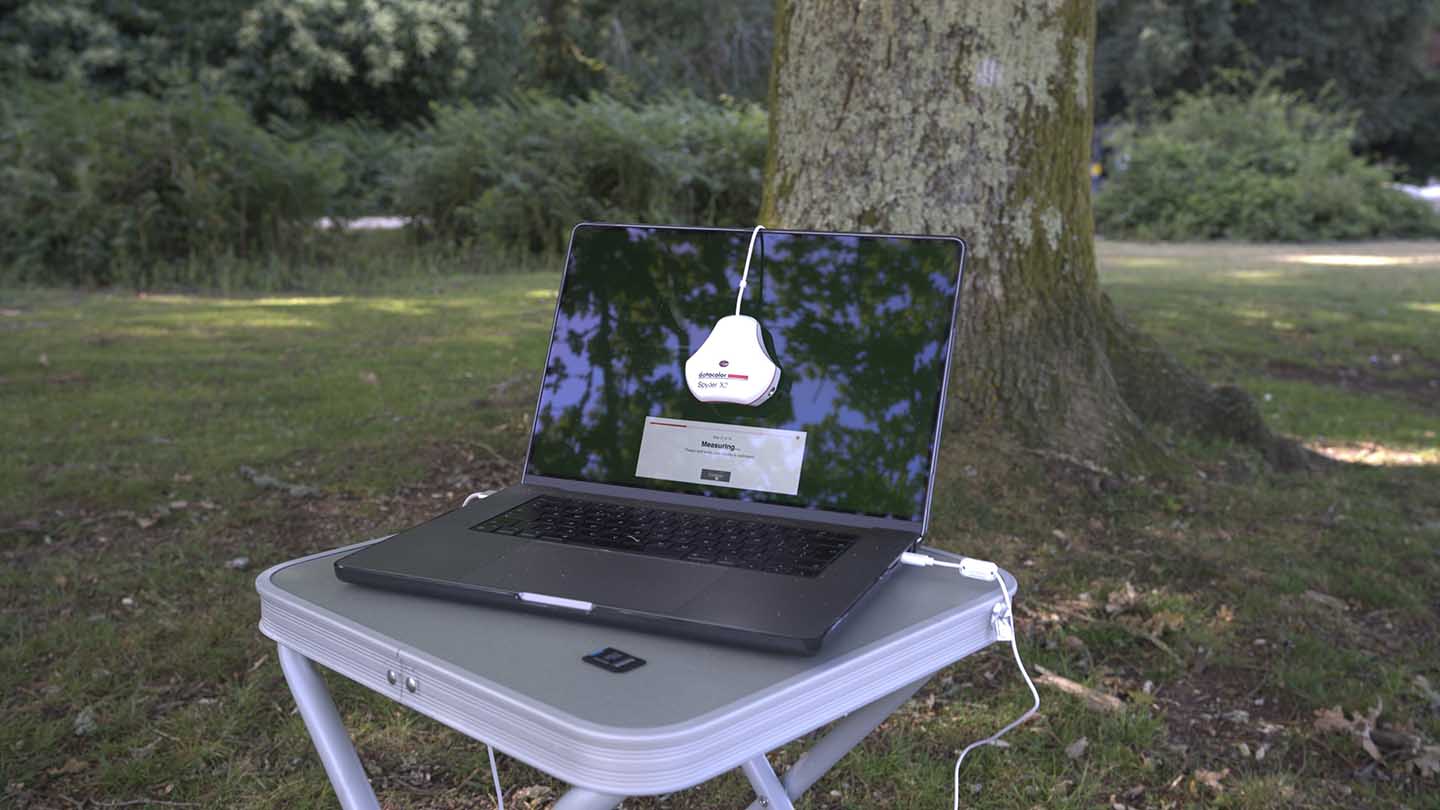
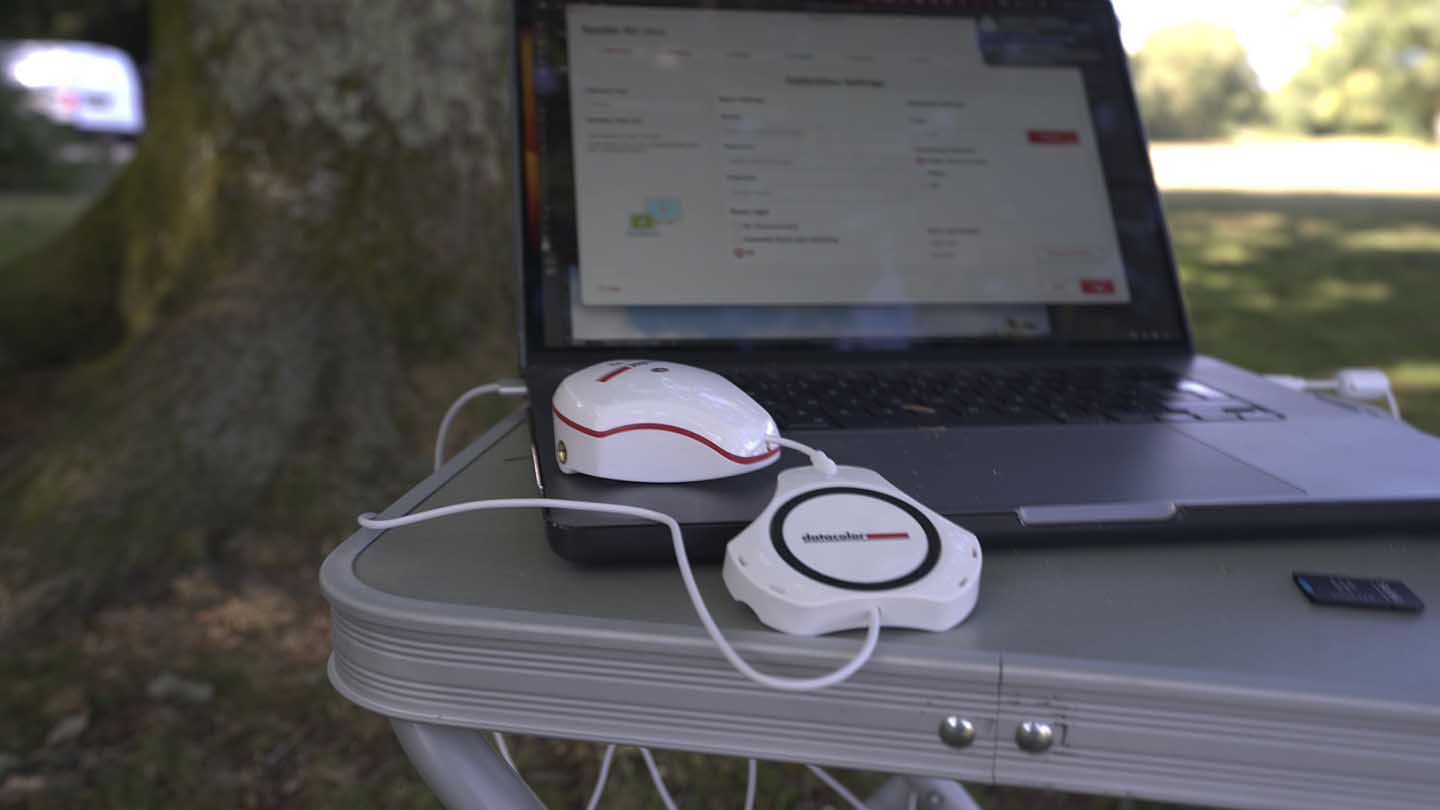
 When it comes to calibration, the Spyder X2 Ultra shines. The device delivered impressive results, noticeably improving the brightness and colour accuracy of displays connected to the laptop. Even my already calibrated main laptop display benefited from a recalibration, demonstrating the Spyder X2 Ultra’s precision.
When it comes to calibration, the Spyder X2 Ultra shines. The device delivered impressive results, noticeably improving the brightness and colour accuracy of displays connected to the laptop. Even my already calibrated main laptop display benefited from a recalibration, demonstrating the Spyder X2 Ultra’s precision.